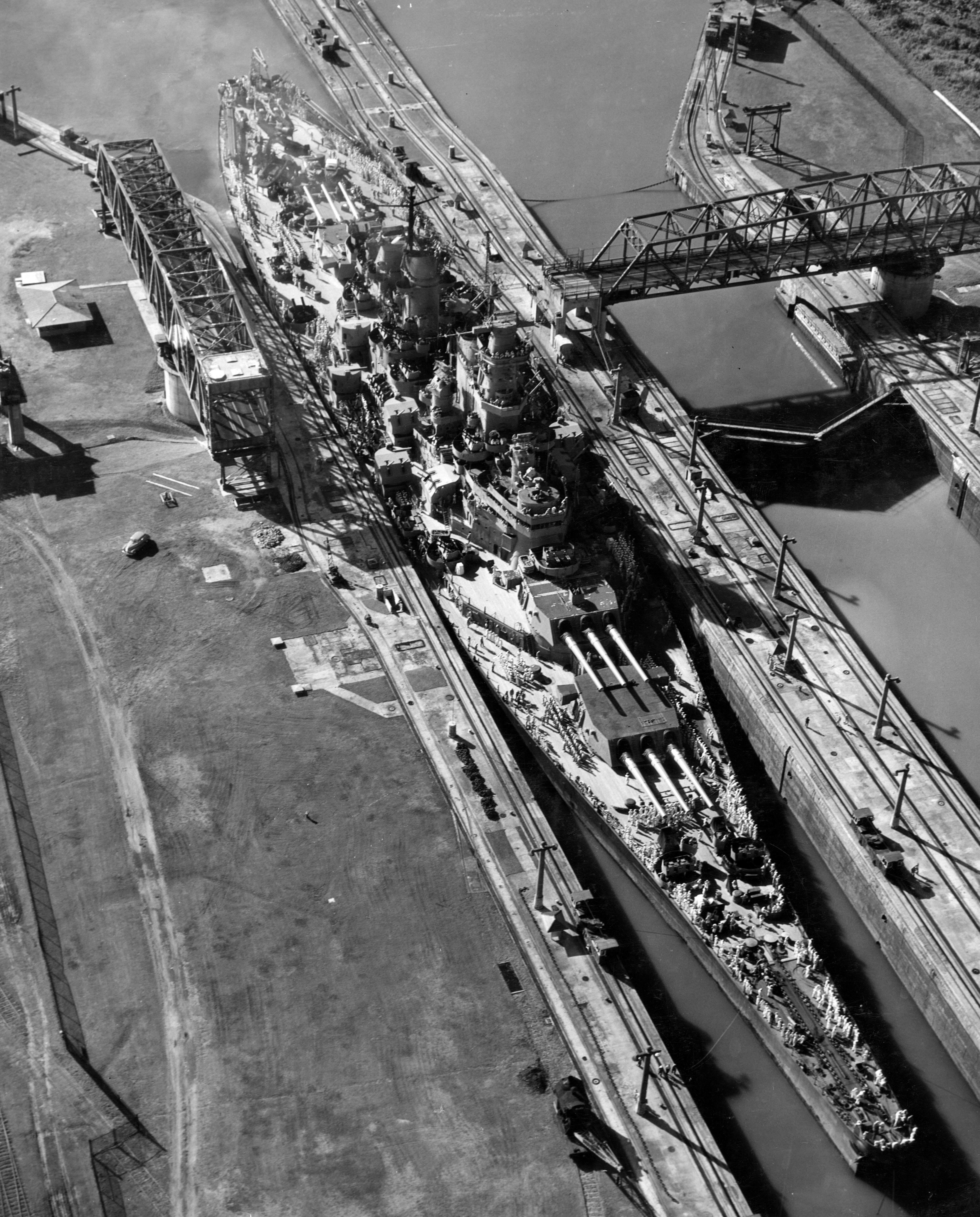When going from the Atlantic to Pacific and vice versa. Are there any special cases where they still need to go around the tip of South America?
I’ve heard that many oil tankers are too large to go through the Panama Canal.
Not every ship fits through the Panama Canal. There’s even a category (“Panamax”) that denotes the largest ships capable of fitting through the canal.
For example, US supercarriers don’t fit through the canal, and nor do a lot of large tankers and container ships.
That said, it’s not a common trade route to go around Cape Horn- it’s probably easier to just find Panamax ships, or unload on the US West Coast and then go from there.
Panamax is also the brand name of a company that makes power filtering equipment. I learned the other definition when I told one of the engineers about the $20,000 worth of fancy new Panamax power conditioners we had purchased for a new project. His eyes bugged out and said “how much power will this thing use?! :eek:”
There is an expansion project underway which will essentially double the capacity by 2016.
Even after the expansion some ships will not be able to pass through:
To get from Buenos Aires to Santiago they’d take the southern route? Or would they?
The capacity of the Panama Canal is currently being expandedwith completion now scheduled for April 2016. A new set of lock chambers will increase the dimensions of the largest ships that can fit through from 1050x110 ft to 1400x180 ft. A few of the very largest ships, like the one linked to by Exapno, will still be unable to fit through. (The length is OK, but it’s too wide.)
Here’s a map of global shipping routes. While most shipping passes through the Canal some does go around South America.
The present Panama Canal is sufficiently inadequate that the Panama Canal Railway does a surprisingly good businesstransshipping containers across the Isthmus.
Will the big carriers fit through after the upgrade? I have to wonder if the US Navy is subsidizing the work.
The Nimitz has a length of 1092 ft and a beam of 252 ft at the flight deck level, but 1,040 and 134 ft at the waterline, with a draft of 37 ft. It can fit easily in the new lock chambers at the waterline, but the flight deck would extend past the edge of the locks. There could be a problem depending on the exact conformation of the locks and associated buildings. (I recall hearing that an aircraft carrier was able to transit the existing locks only by being canted slightly over to one side so that the flight deck would clear the control tower between the lock chambers.)
I think it was the Iowa class of WWII battleships that were specifically designed to (barely) fit through the old locks. A tight fit indeed.
picture of USS Ronald Reagan in the straight of Magellan.

I assume they went that route because they had to
That’s the truth. Reagan has rounded South America, I believe, exactly once.
There’s also the Nicaraguan Canal projectwhich the Chinese announced they were going to take over and begin funding last year, but nothing much has come of that.
Well, capesize bulkers are another large category, and they called that because they go around the Capes (Good Hope and Horn). Bulk cargoes tend to be non-time critical and they commonly go around the Horns. Panamax vessels can be inefficiently small, and unloading and reloading is far too expensive.
They could portage across Costa Rica, if they have enough guys.
And Essex-class carriers had folding flight-deck elevators so they could fit through the canal.
